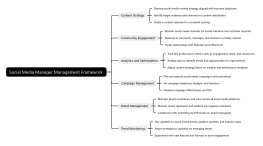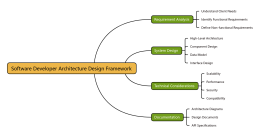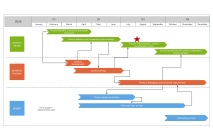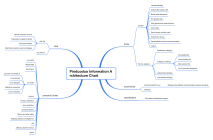
Writing PRDs with Product Thinking
1 Report
This comprehensive guide on writing PRDs with product thinking delves into essential elements for creating effective Product Requirement Documents. It covers product positioning by detailing the background from initial research to prototyping and highlights the objective of accurately conveying product details to the project team, including development, testing, and design. The guide emphasizes understanding user requirements for mainstream customers by focusing on product processes, features, logic, and interactions. It compares different product forms, noting the advantages of graphic-oriented tools like Axure over lengthy text documents. The four elements of product design—Scope Layer, Structural Layer, Framework Layer, and Presentation Layer—are thoroughly explained to enhance functionality, information architecture, interface design, and user experience. Additionally, the product framework section addresses change logs, product overview, requirement specifications, and non-functional specifications to ensure performance, reliability, and scalability. This structured approach aims to streamline PRD creation and improve project controllability and user satisfaction.
Related Recommendations
Other works by the author
Outline/Content
See more
Product Positioning
Product Background
The product planning has been determined after the initial research, from conceptualization to prototyping.
Product Objective
Convey product details and implementation models accurately to the project team (including project manager, development, testing, product, design, etc.)
User requirements
Given that the development is primarily for mainstream customers, the development requirements include an accurate understanding of product processes, features, logic, and interactions, with the aim of fully realizing the product model.
Product form
Word
The text is too long and difficult to understand, and there is a lack of interactive pages.
Axure
Graphic-oriented, easy to understand visually
The Four Elements of Product Design
Scope Layer
Determine the functions: core functions, business processes, function priorities, etc.
Structural layer
Integrated Functionality: Information Architecture, Interaction Design, and Process Optimization
Framework layer
Refinement: Interface design, navigation design, information design, making the product more fluid and the experience better.
Presentation Layer
Final Design: Integration of Content, Functionality, and Aesthetics to Enhance User Perceptual Experience
Product Framework
Change Log
Control changes to ensure project controllability.
Product Overview
Product name, value proposition, core functions, unique selling points, target audience, business model, etc.
Requirement Specification
Business Process Description
Logical relationship between functionality and content
Product Framework Structure Description
Product requirement rules and logic
Interface Design and Interaction Description
Global Description
Explanation of global public interactions, requirements, logic, and rules
Non-functional specification
In information systems, it is necessary to ensure performance, system reliability, scalability requirements, and other corresponding demands.
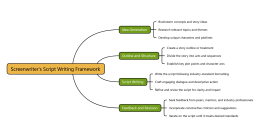
Collect
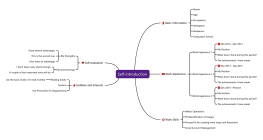
Collect
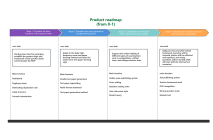
Collect
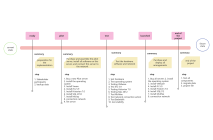
Collect

0 Comments
Next Page
